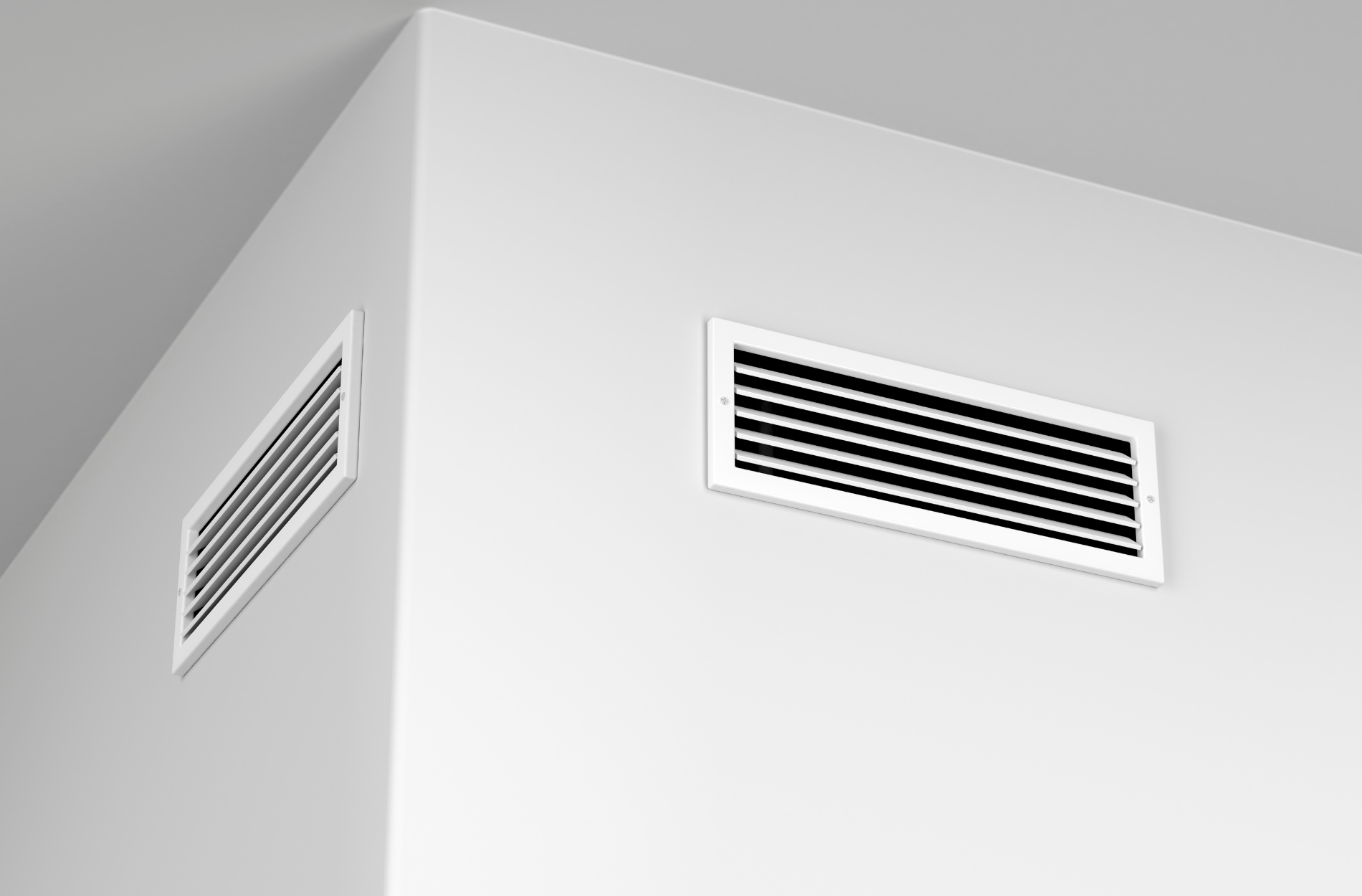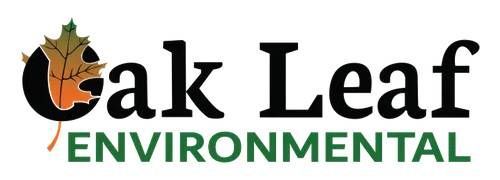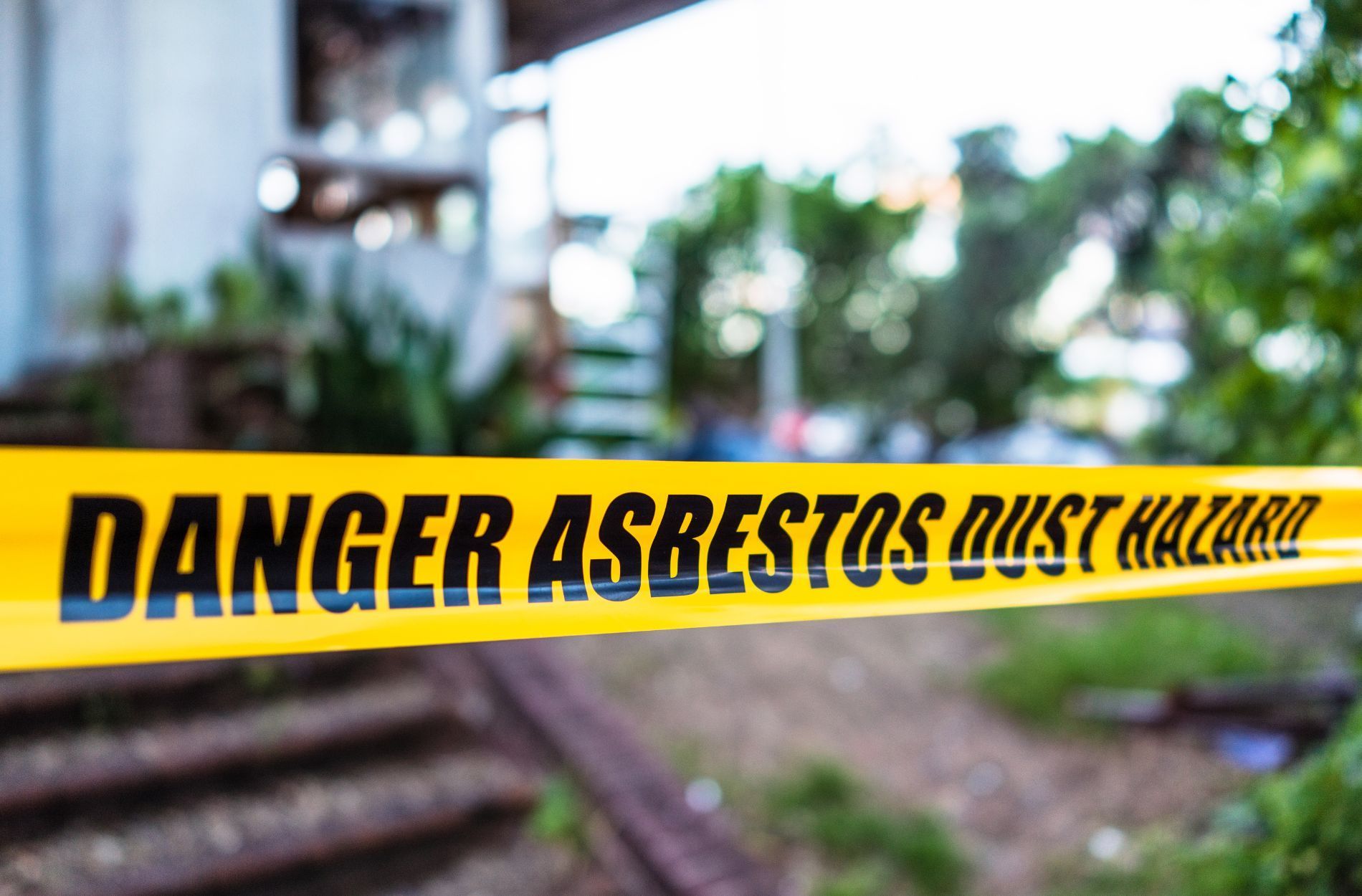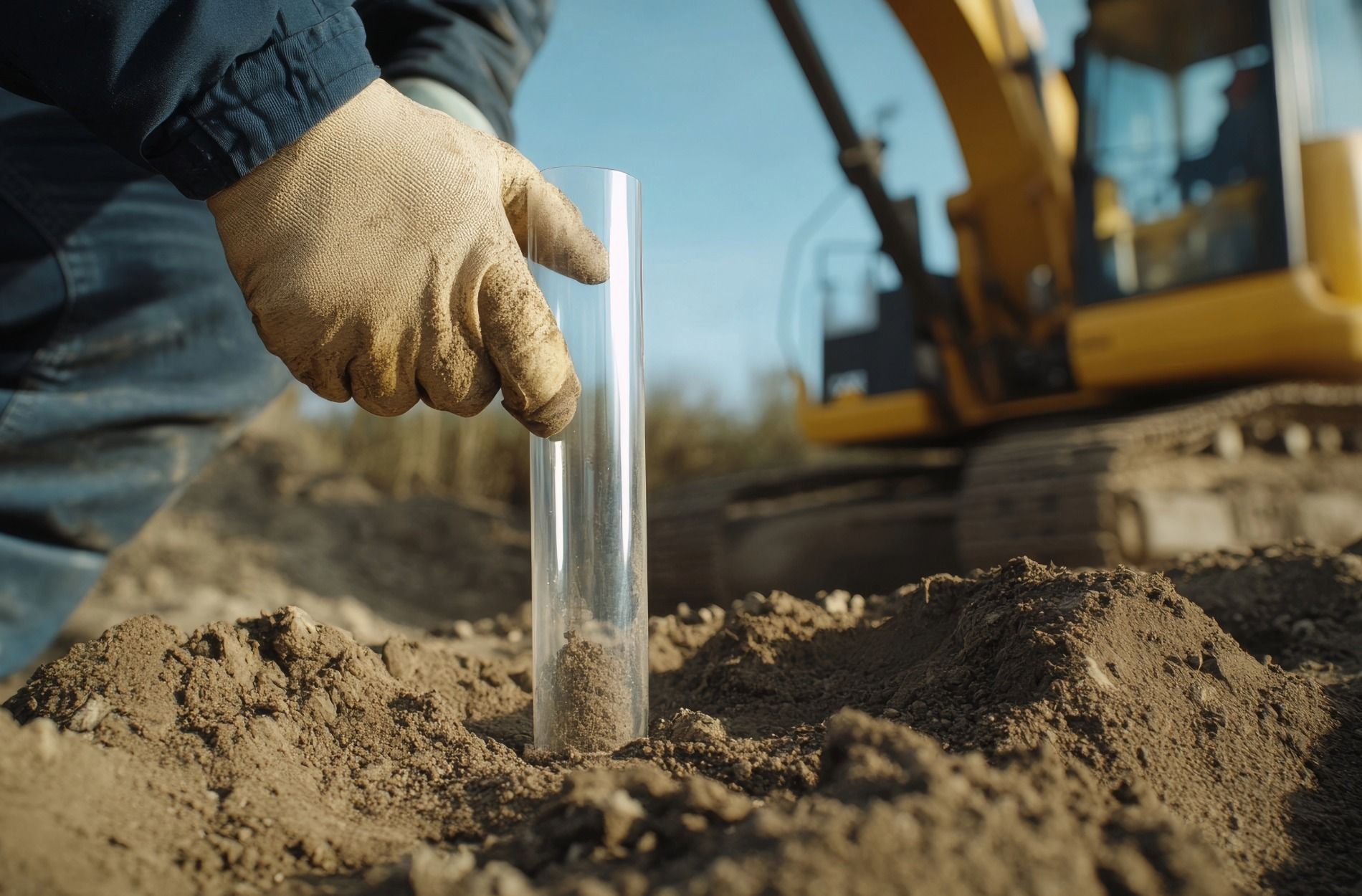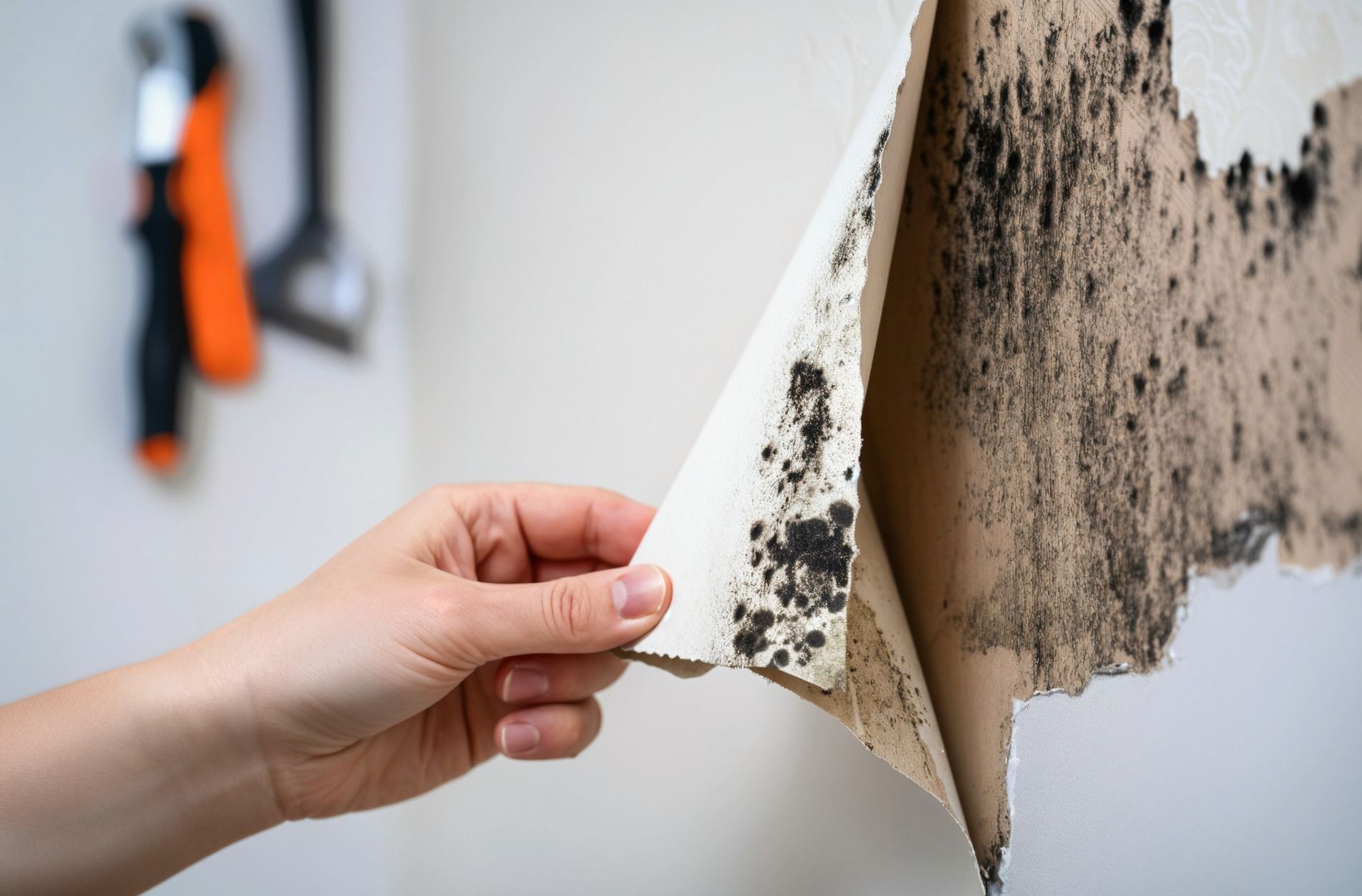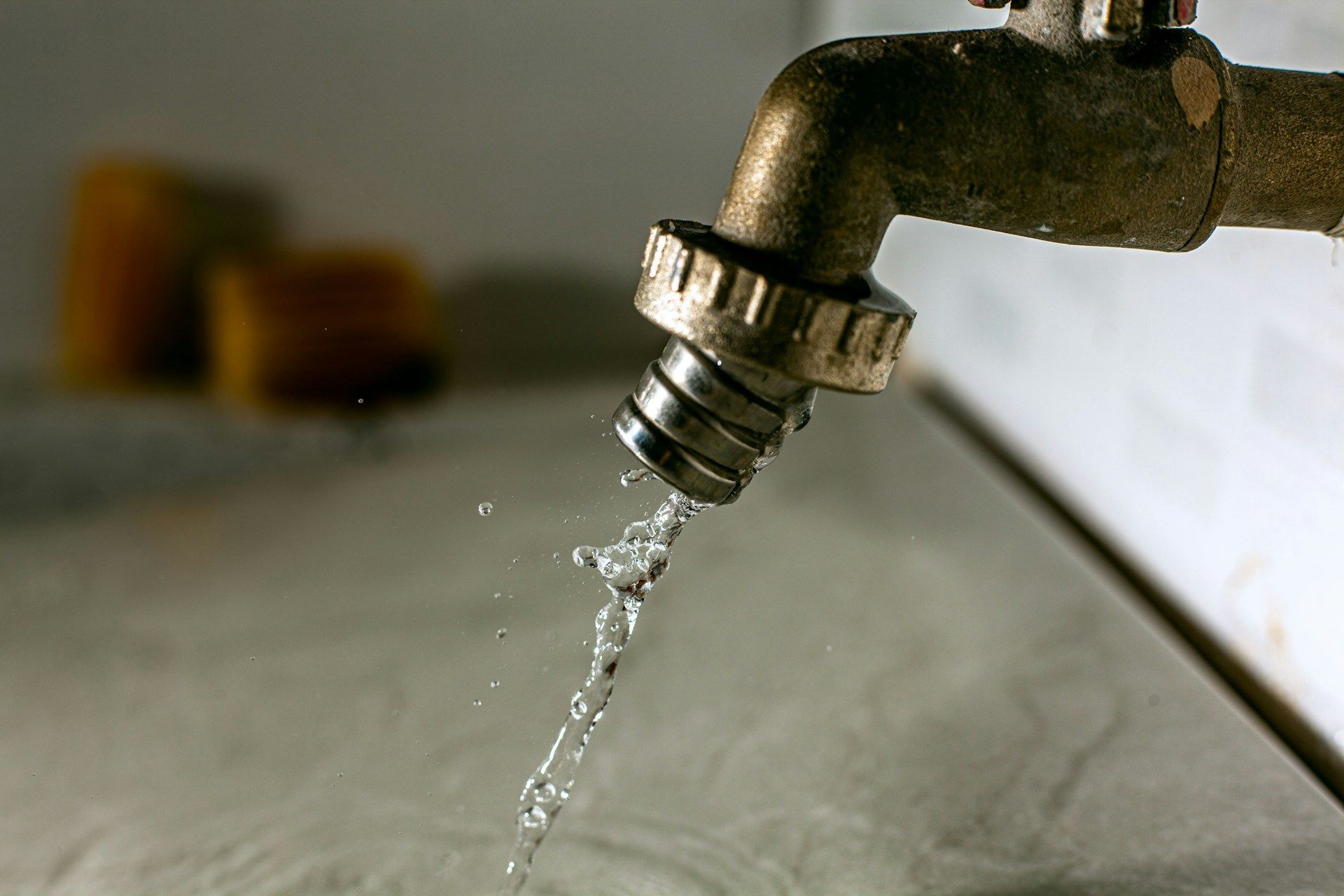Basement Problems That Signal Need For Radon Testing
Basements are often out of sight and out of mind until a problem shows up. From damp floors to strange smells, these neglected areas can quickly become trouble spots for homeowners. While some basement issues might seem small at first, they can be signs of something larger at work. One of those hidden concerns is radon, a colorless, odorless gas that can seep up from the ground and into your home.
Radon exposure often goes unnoticed because it leaves no visible damage. But certain basement conditions can raise red flags that this gas may be present. If you're seeing water leaks, cracks, or high humidity downstairs, it might be time to take a closer look. Here's how to tell when your basement could be warning you that it's time for radon testing.
Persistent Dampness and Water Leaks in the Basement
If you walk into your basement and the air feels heavy or smells musty, that’s more than just an old house smell. It can be a sign that moisture is sneaking in through the floor, walls, or plumbing. Moisture can come from foundation seepage, poor drainage, or even the way your yard slopes. While dampness itself can harm your home, it can also be a signal that radon is entering the same way water does.
Basement dampness can make it easier for radon gas to move through the soil and into your home. When the soil outside is wet, it can create more pressure against your basement foundation. That pressure can push radon into the space through any weak spots in the walls or floor. Since radon comes up from underground, water leaks and radon entry often go hand in hand.
Look out for these signs of water issues that may require more than a mop and dehumidifier:
- Water stains along baseboards or wall edges
- Pooled water near stored items or appliances
- Surface mold or mildew on walls or floor
- A cloudy film on basement windows due to trapped moisture
- Damp or rusty smells that linger even after cleaning
If you’re seeing more than one of these signs, it’s a good idea to take them seriously. Long-term moisture problems are often tied to ventilation issues and poor drainage setup, which are also linked to radon concerns.
Cracks in Foundation Walls or Floors
Over time, it’s normal for homes to settle. But when that settling leads to visible cracking in your basement, it raises a few questions. Cracks in the concrete slab or walls can open direct paths for radon to move into your home from the soil beneath it. Even hairline splits can be enough for gases like radon to pass through.
The cause of these foundation cracks might vary based on the soil, water, freezing conditions, or general shifting. But regardless of how they formed, these cracks should never be ignored.
Basement cracks that may be worth investigating include:
- Horizontal cracks along the wall, which can mean outside pressure is too strong
- Vertical or diagonal splits near windows or corners
- Spiderweb-style cracks across the floor
- Chipped areas where the concrete feels weak or flaky
Fixing cracks can be part of a long-term plan to keep your basement dry and safe. But spotting them early may be your first and best clue that your home is at risk for radon exposure. The more open your foundation is, the easier it becomes for gas to drift in undetected. If you're already seeing other issues like moisture or odors, any cracks should be checked sooner rather than later.
Unusual Odors and Air Quality Issues
If your basement has a lingering scent that doesn’t go away with a good clean, it might be doing more than irritating your nose. Musty, chemical-like, or earthy smells are often signs that something's off with the air itself. These odors can come from mold, mildew, trapped gases, or a lack of fresh airflow. When a basement isn’t getting proper ventilation, it creates a perfect setup for radon to collect unnoticed.
Sometimes air quality problems are caused by older appliances stored downstairs or deteriorating construction materials. But when paired with moisture or cracks in the foundation, they can be a sign that gases are building up below the surface. Radon has no smell, but the same conditions that allow musty air to stay trapped can also hold radon in that space.
Take note if your basement:
- Always smells damp, even when it looks dry
- Has a faint chemical or metallic scent
- Feels stuffy or causes discomfort when you spend time down there
- Triggers throat irritation or headaches after short visits
One homeowner shared that their basement had an odd sour smell that no air freshener could mask. After testing, it turned out they had higher-than-safe radon levels. The issue wasn’t just about the smell at all—it was what the smell told them about ventilation and air balance. Paying attention to these subtle clues can help you catch a deeper problem early.
High Humidity Levels and Condensation
If your basement air feels thick or your walls sweat when the seasons change, you're likely dealing with high humidity. This happens when warm air from upstairs meets the cooler air in the basement, trapping moisture in the space. It can also happen if there’s poor airflow or foundation leaks.
High humidity isn’t just uncomfortable. It creates an environment where radon can more easily enter and stay. Moist, heavy air meets less resistance from the surrounding materials, which lets gas settle into the room instead of moving out. That’s why condensation is much more than a tired old wall stain.
Signs that humidity might be giving radon more freedom to move include:
- Beads of water on basement windows or metal pipes
- Peeling paint or damp wallpaper
- Condensation along cold walls during seasonal shifts
- A feeling of dampness in rugs or furniture
- A general heaviness in the air that doesn’t let up
If your basement feels more like a greenhouse than a living space, it’s time to take a closer look. High humidity won’t always mean higher radon, but when combined with other warning signs like poor drainage or musty odors, it shouldn't be ignored. Managing airflow and controlling dampness are both key steps in limiting how much radon can collect in your home.
Sump Pump and Drainage System Problems
Your sump pump and drains are supposed to help push water away from your home. But if they’re failing or not sealed properly, they can become open doors for gas coming up from the soil. A faulty sump pump system or French drain can create weak spots in your basement protection, especially if the liner or lid doesn’t sit tight.
Cracks near or around your sump pit are often overlooked but are worth checking. If your drainage system smells odd, backs up, or doesn’t run like it used to, those could all add to the risk of radon slipping through. Even holes left behind by old or unused plumbing can leave your home exposed.
Here are some signs your drainage setup might be inviting radon inside:
- Sump pump runs constantly but doesn’t keep the area dry
- Gaps around the sump basin cover or missing lid
- Foul-smelling water pooling inside or just outside the basement
- Unsealed drains or pipe gaps in your basement flooring
Put simply, what’s meant to block water might also be blocking radon—if it fails, the risk goes up. Keeping your drainage systems in good shape is about more than fighting floods. It’s about having that extra defense against gas infiltration.
Ensuring a Safe and Healthy Basement Environment
When your basement gives you clues, it’s worth listening. Signs like water damage, foundation cracks, poor air, and strange smells are never just surface-level issues. They point to deeper problems and often work together to signal radon could be sneaking in.
Taking early action can give you peace of mind. You don’t have to guess whether or not your home is safe. By recognizing what your basement is telling you and getting it tested, you protect your space and the people living in it.
We understand how easy it is to ignore spots in the house you don’t use every day. But even if your basement just serves as a laundry room or storage space, the air that starts there can travel throughout your home. When you take the time to look for these warning signs, you make a smart first step toward a healthy and livable home.
When it comes to ensuring your family’s safety, paying attention to the signs your basement is giving you is just the first step. If you suspect radon might be present in your home, taking action quickly can make a huge difference. For peace of mind and a safe living environment, explore our
radon testing services. Oak Leaf Environmental is committed to helping you create a healthier home with professional testing and effective solutions.
